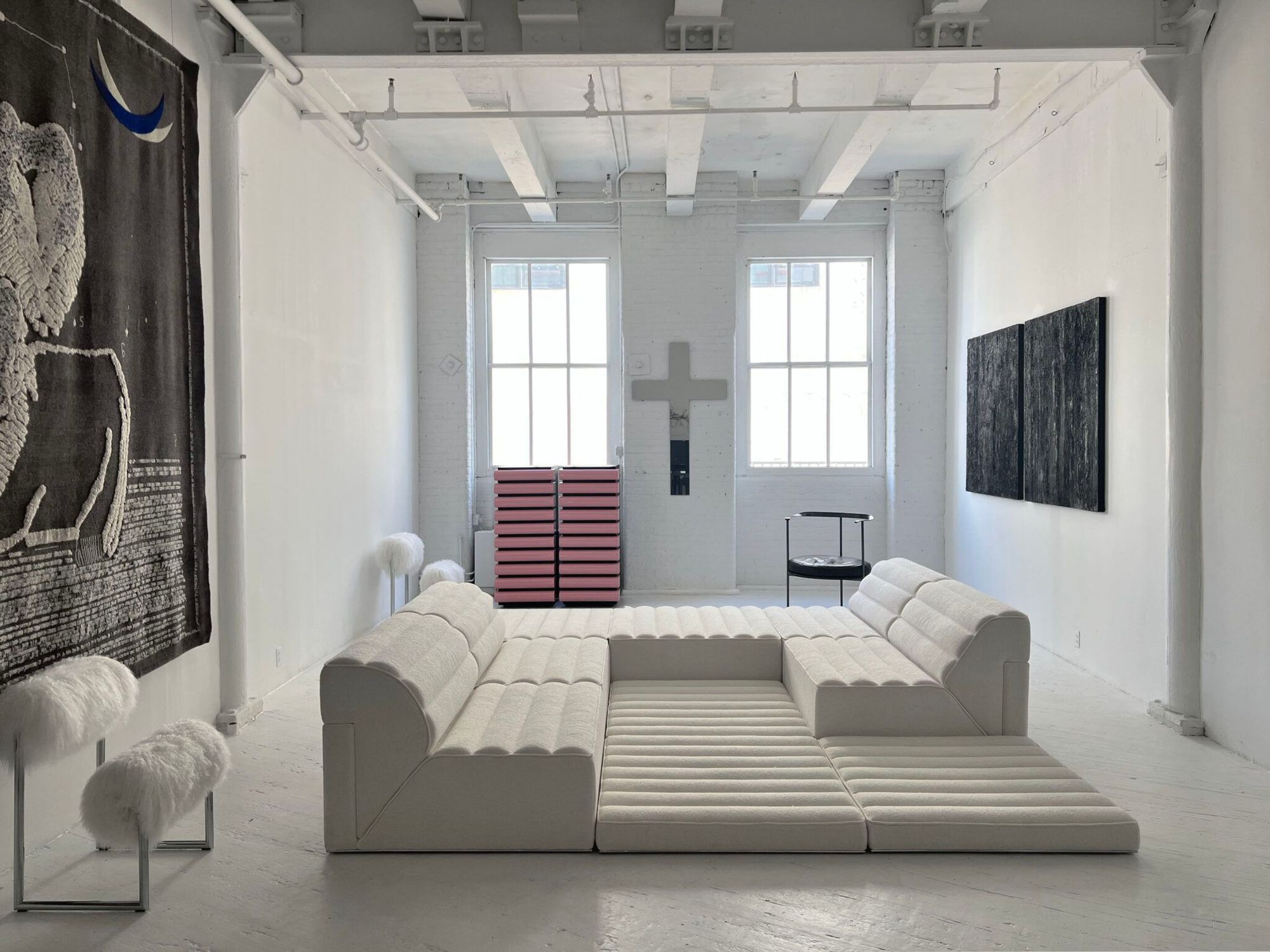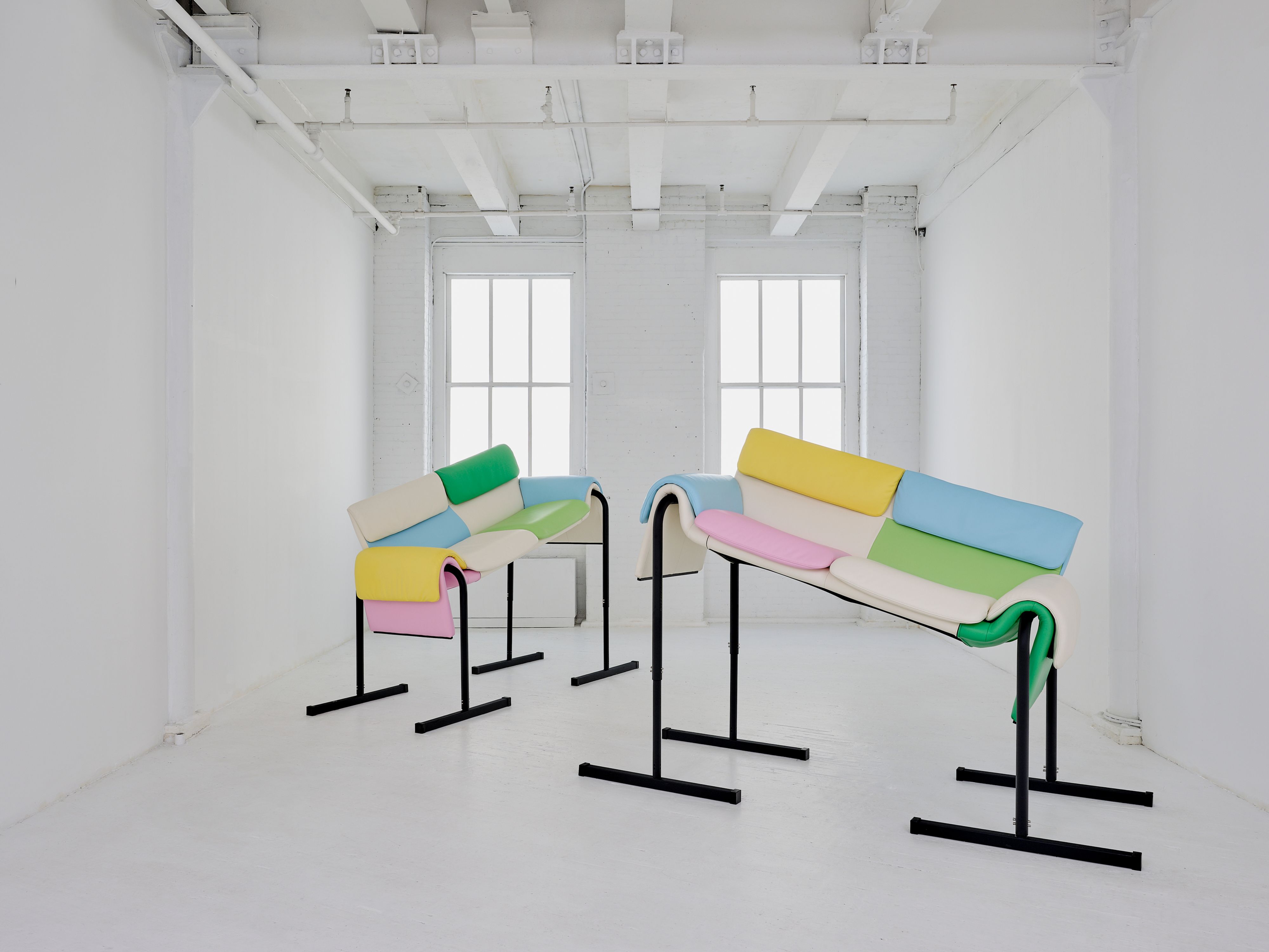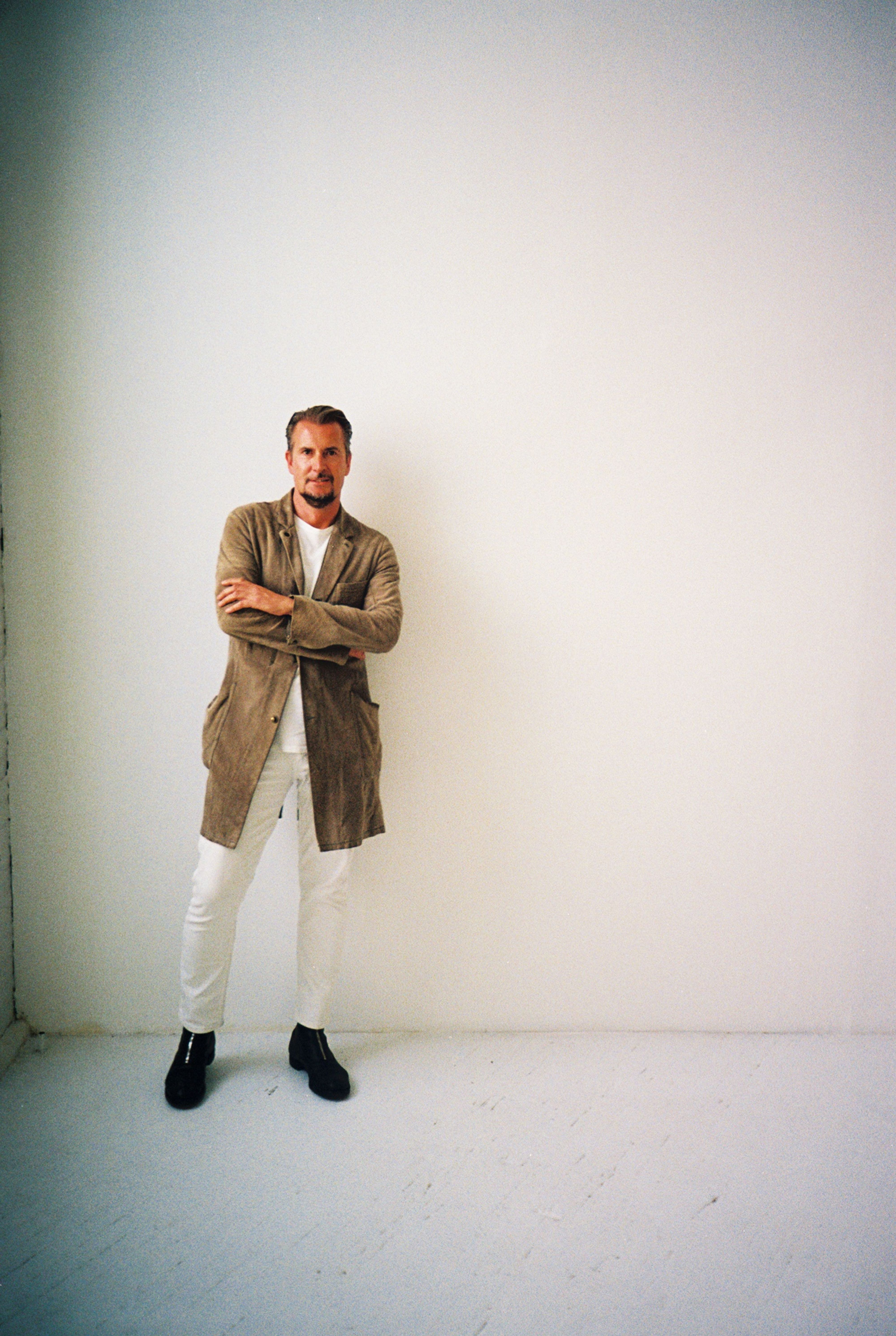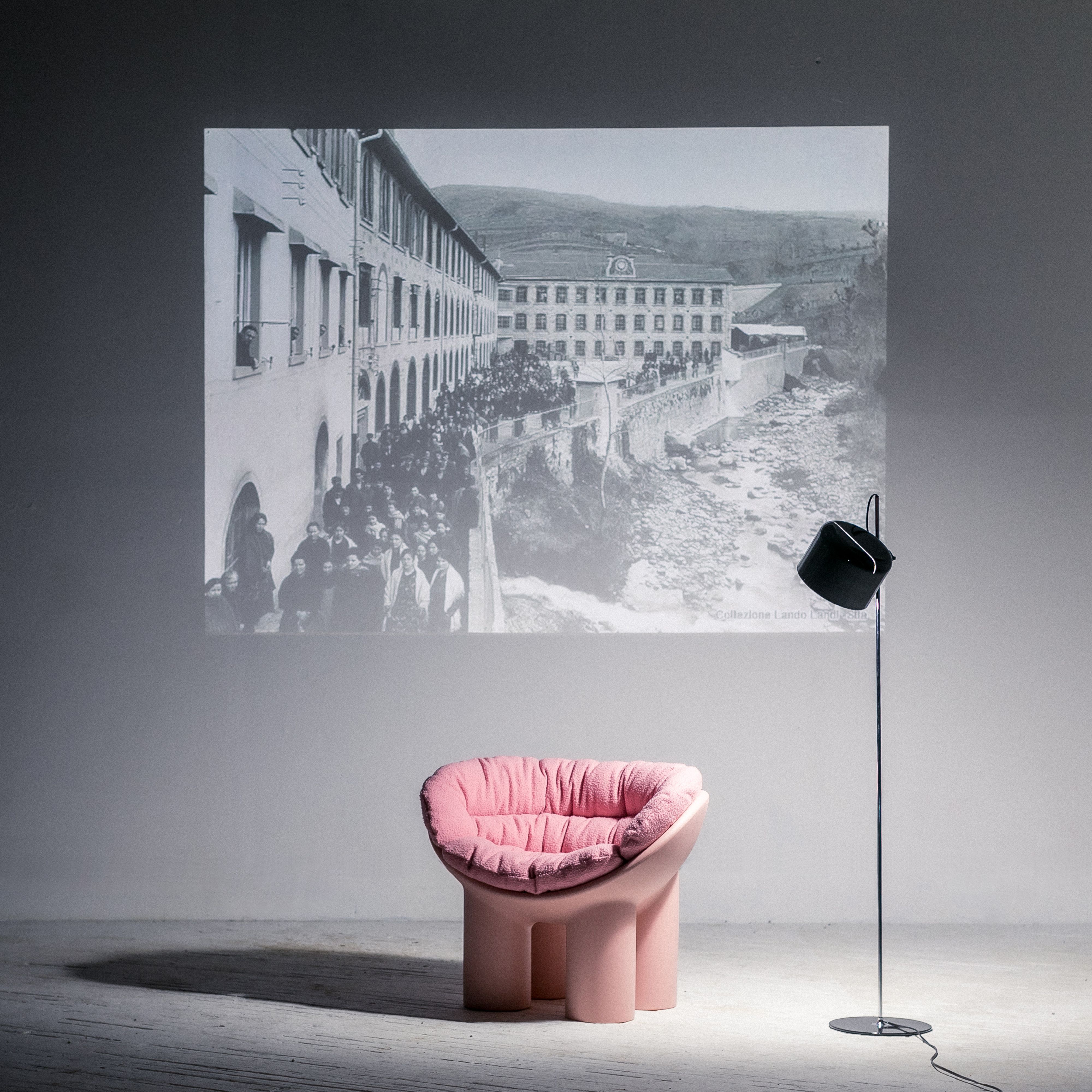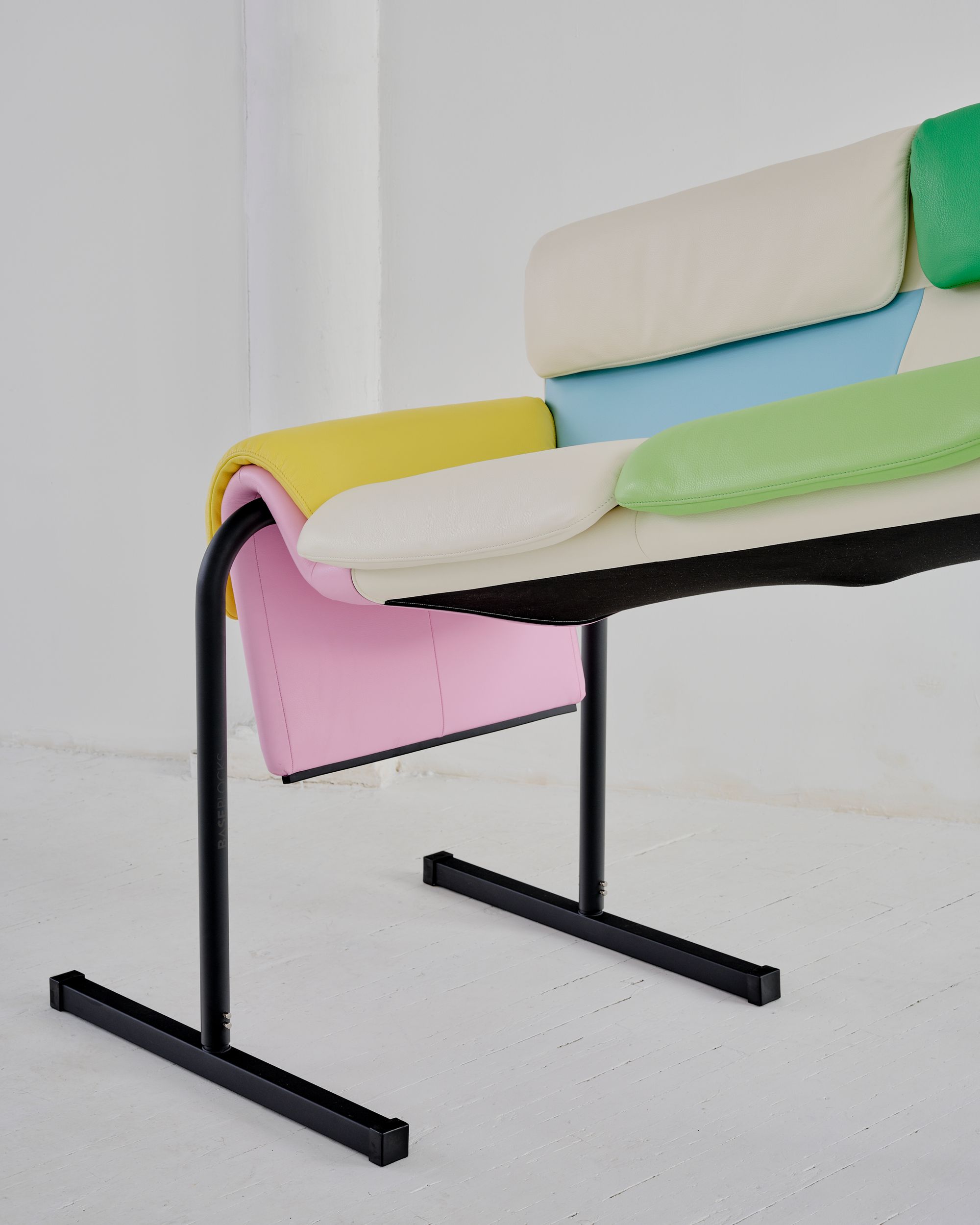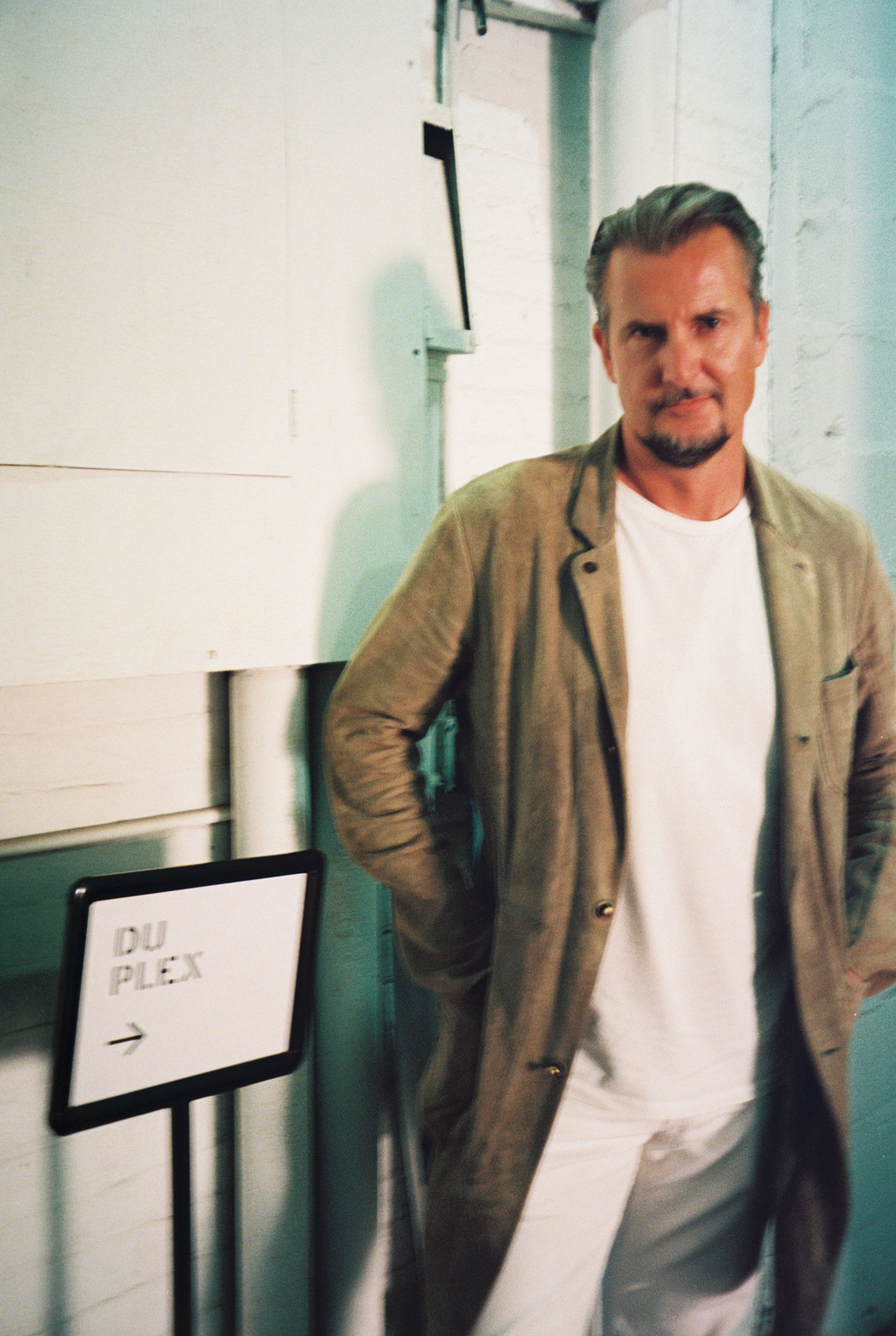You live between L.A., New York, and the Veneto region of Italy. How do their design landscapes differ?
Cities have become more globalized as the shared cultural components increase, but there are still ways in which design manifests a place’s individual energy and culture. L.A. has a fantastic variety of vintage and historical pieces and a bustling scene of new galleries of collectible art and design. It’s a city very open to what is new. New York is America’s hub for design, a hyper competitive global vitrine for contemporary creations. Though Milano is the historical capital of design, the collectible design scene there has become more international and upbeat in recent years.
You work mostly with European brands, such as cc-tapis, de Sede, Acerbis, etc. What do the brands you work with have in common?
Many have a long history in their respective fields, with decades of experience and highly developed craftsmanship that contribute to their reputation for quality and excellence.
What motivated you to connect PIN–UP HOME with de Sede?
de Sede is one of the true originals in the design and collectible furniture world, one that younger brands continue to look up to. PIN–UP readers are very intentional about original architecture and design, so I thought PIN–UP interpreting de Sede could be meaningful and exciting. Among de Sede’s most iconic designs are the DS-600 “Nonstop” or the DS-1025 Terrazza, but it is interesting to see that PIN–UP HOME chose a quieter house staple, the DS-2011, for reinterpretation. It is the perfect dialogue between a classic de Sede original and the buoyant, youthful spirit of PIN–UP HOME.
